07/04/20

07/04/20
More Posts from Sidusglacies and Others
Fallstreak Holes

Occasionally clouds appear to have a hole in them; these are known as fallstreak holes or hole-punch clouds. (Image credit: J. Stevens/NASA; via NASA Earth Observatory) Read the full article

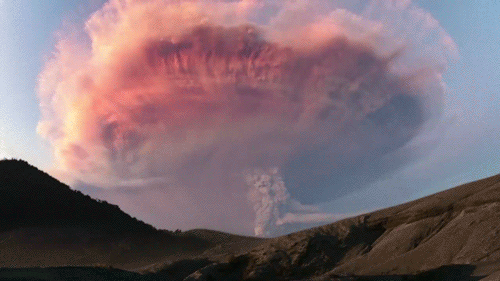
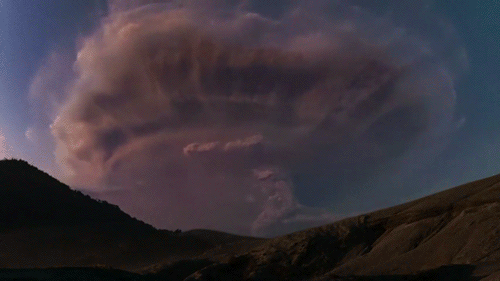
Lightning inside a volcanic ash cloud in Patagonia.
Light pillars are a rare optical phenomenon in which ice crystals in the atmosphere reflect sources of light in a vertical formation. Long, illuminated beams can form above or below sources of artificial or natural light due to the air being extremely cold.




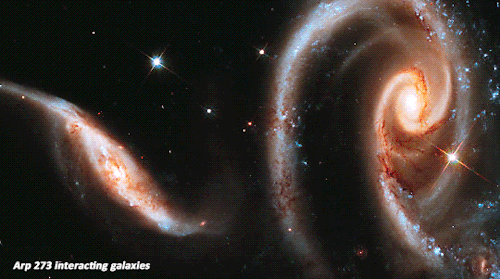




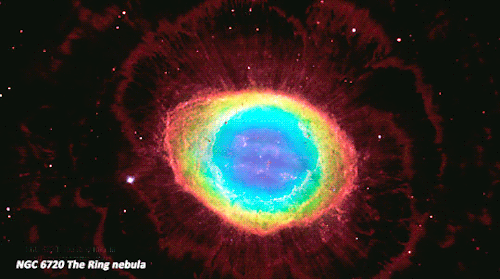


The Best of Hubble_1

Charon, moon of Pluto, observed by NASA's New Horizons probe just before closest approach on this day in 2015. (It flew within 12,500 km of Pluto and as close as 27,000 km to Charon.)


















Neptune♆
Neptune is the planet of mystery and allusion. Its power is that of imagination. Neptune represents your dream life and your mystic qualities. It is the planet of bewitchment. Anyone who has had an artistic vision, or is drawn to spiritual matters, or has experienced an unusual and unexplainable event has felt the power of Neptune. Neptune’s realm is the subconscious world, hidden memory, intuition and clairvoyance. Neptune’s power is subtle, ethereal, inspirational, and otherworldly.

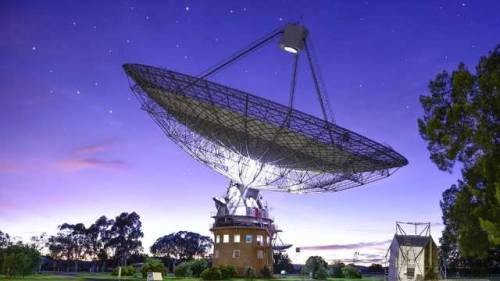
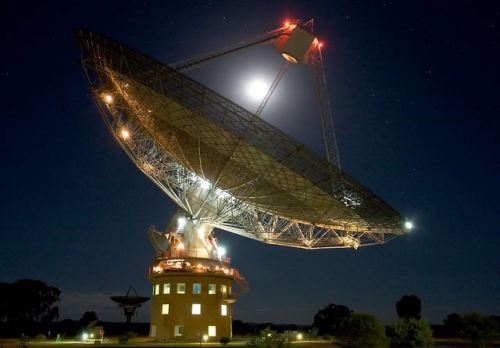


Parkes Observatory
The Parkes Observatory (also known informally as “The Dish”) is a radio telescope observatory, located 20 kilometres north of the town of Parkes, New South Wales, Australia. It was one of several radio antennae used to receive live television images of the Apollo 11 Moon landing. Its scientific contributions over the decades led the ABC to describe it as “the most successful scientific instrument ever built in Australia” after 50 years of operation.
The Parkes Observatory is run by the Commonwealth Scientific and Industrial Research Organisation (CSIRO), as part of the Australia Telescope National Facility (ATNF) network of radio telescopes. It is frequently operated together with other CSIRO radio telescopes, principally the array of six 22-metre (72 ft) dishes at the Australia Telescope Compact Array near Narrabri, and a single 22-metre (72 ft) dish at Mopra (near Coonabarabran), to form a very long baseline interferometry array. source

Neptune from Voyager 2 by NASA
-
 mouleipeigamoto liked this · 3 years ago
mouleipeigamoto liked this · 3 years ago -
 literaturedawn reblogged this · 3 years ago
literaturedawn reblogged this · 3 years ago -
 literaturedawn liked this · 3 years ago
literaturedawn liked this · 3 years ago -
 stupidbunnyname liked this · 3 years ago
stupidbunnyname liked this · 3 years ago -
 lalunitax reblogged this · 3 years ago
lalunitax reblogged this · 3 years ago -
 the-picture-of-eve liked this · 3 years ago
the-picture-of-eve liked this · 3 years ago -
 frogspotter reblogged this · 3 years ago
frogspotter reblogged this · 3 years ago -
 pink-ponygirl reblogged this · 3 years ago
pink-ponygirl reblogged this · 3 years ago -
 every-perfect-summer liked this · 3 years ago
every-perfect-summer liked this · 3 years ago -
 lunacatlunacy reblogged this · 3 years ago
lunacatlunacy reblogged this · 3 years ago -
 a-sleep-deprived-geologist liked this · 3 years ago
a-sleep-deprived-geologist liked this · 3 years ago -
 faridaspeare reblogged this · 3 years ago
faridaspeare reblogged this · 3 years ago -
 faridaspeare liked this · 3 years ago
faridaspeare liked this · 3 years ago -
 exhausted-electron liked this · 3 years ago
exhausted-electron liked this · 3 years ago -
 astralkissstuff liked this · 3 years ago
astralkissstuff liked this · 3 years ago -
 saturnsanditsrings liked this · 3 years ago
saturnsanditsrings liked this · 3 years ago -
 not-saixnaxel reblogged this · 4 years ago
not-saixnaxel reblogged this · 4 years ago -
 not-saixnaxel liked this · 4 years ago
not-saixnaxel liked this · 4 years ago -
 wrestlingwith-idjits liked this · 4 years ago
wrestlingwith-idjits liked this · 4 years ago -
 drugstoregerard liked this · 4 years ago
drugstoregerard liked this · 4 years ago -
 jayydragon20 reblogged this · 4 years ago
jayydragon20 reblogged this · 4 years ago -
 jayydragon20 liked this · 4 years ago
jayydragon20 liked this · 4 years ago -
 ever-so-unimportant liked this · 4 years ago
ever-so-unimportant liked this · 4 years ago -
 follyinourstars reblogged this · 4 years ago
follyinourstars reblogged this · 4 years ago -
 jasonlowder liked this · 4 years ago
jasonlowder liked this · 4 years ago -
 blackoutr liked this · 4 years ago
blackoutr liked this · 4 years ago -
 binxi1031 reblogged this · 4 years ago
binxi1031 reblogged this · 4 years ago -
 bossy-et reblogged this · 4 years ago
bossy-et reblogged this · 4 years ago -
 cocaineforeveryone reblogged this · 4 years ago
cocaineforeveryone reblogged this · 4 years ago -
 sarahsparkles5sos reblogged this · 4 years ago
sarahsparkles5sos reblogged this · 4 years ago -
 i-do-not-need-to-be-saved reblogged this · 4 years ago
i-do-not-need-to-be-saved reblogged this · 4 years ago -
 rosehiip liked this · 4 years ago
rosehiip liked this · 4 years ago -
 myinsanitykeepsmesane reblogged this · 4 years ago
myinsanitykeepsmesane reblogged this · 4 years ago -
 sarahsparkles5sos reblogged this · 4 years ago
sarahsparkles5sos reblogged this · 4 years ago -
 solphobia reblogged this · 4 years ago
solphobia reblogged this · 4 years ago -
 cryingpastries reblogged this · 4 years ago
cryingpastries reblogged this · 4 years ago -
 cryingpastries liked this · 4 years ago
cryingpastries liked this · 4 years ago -
 l-a-d-y-d-a-r-k-n-e-s-s-69 liked this · 4 years ago
l-a-d-y-d-a-r-k-n-e-s-s-69 liked this · 4 years ago -
 lexa-delrey reblogged this · 4 years ago
lexa-delrey reblogged this · 4 years ago -
 jasonalexander97 reblogged this · 4 years ago
jasonalexander97 reblogged this · 4 years ago -
 vansavenue reblogged this · 4 years ago
vansavenue reblogged this · 4 years ago -
 sarahsparkles5sos liked this · 4 years ago
sarahsparkles5sos liked this · 4 years ago -
 cashmereplum reblogged this · 4 years ago
cashmereplum reblogged this · 4 years ago
